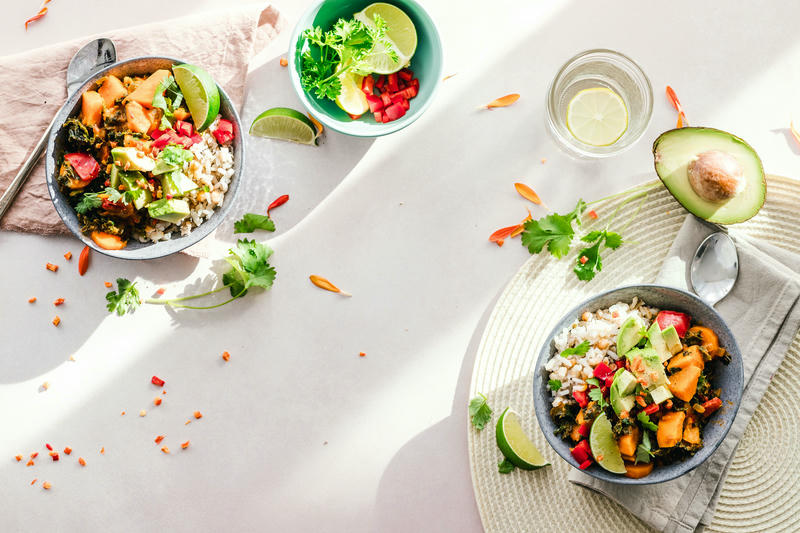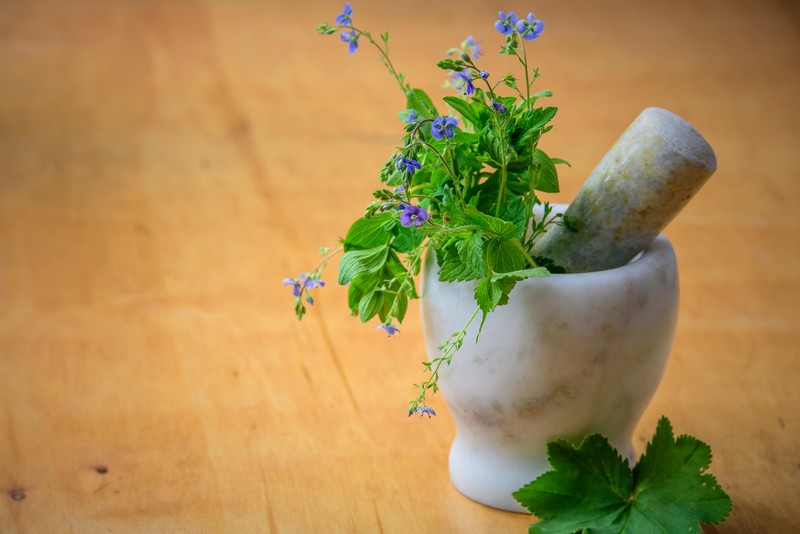Bananas are one of the most popular fruits in the world—convenient, tasty, and packed in their own biodegradable wrapper. But are they really just “nature’s candy,” or is there more to them than sugar?
Let’s unpack the full nutritional profile of bananas, from their rich potassium content to their unique fibre and energy benefits. We’ll also compare green vs. ripe bananas and help you decide the best time to eat them based on your personal health goals.

Nutritional Snapshot: What’s in a Medium Banana?
A medium-sized banana (about 120 grams) typically contains:
- Calories: 105
- Carbohydrates: 27 grams
- Sugars: 14 grams
- Fibre: 3 grams
- Protein: 1.3 grams
- Fat: 0.3 grams
- Potassium: 422 mg (about 10% of your daily requirement)
- Vitamin C: 10% of the Daily Value (DV)
- Vitamin B6: 20% of the DV
- Magnesium: 8% of the DV
Bananas are naturally fat-free, sodium-free, and cholesterol-free—making them a healthy choice for most diets.
The Sugar Debate: Are Bananas Too Sweet?
Yes, bananas contain natural sugars—mainly fructose, glucose, and sucrose—but that doesn’t make them unhealthy.
Why banana sugar is different:
- It comes with fibre. This slows down the absorption of sugar and helps stabilise blood sugar levels.
- It fuels physical activity. Athletes often eat bananas before or during exercise because the natural sugars provide fast, clean energy.
So unless you have a medical reason to watch your sugar intake (such as diabetes), a banana a day is not just okay—it can be beneficial.
Potassium Power: Why It Matters
Potassium is crucial for heart health, nerve function, and muscle contractions. A banana contains more potassium than many sports drinks—without the added sugars or artificial ingredients.
Getting enough potassium can help:
- Regulate blood pressure
- Reduce the risk of stroke
- Prevent muscle cramps
- Support kidney health
This makes bananas particularly valuable for people with active lifestyles or those managing cardiovascular risk.
Ripe vs. Green Bananas: What’s the Difference?
Bananas change significantly as they ripen. Here’s how that affects their nutrition:
Green (Unripe) Bananas:
- Higher in resistant starch: This acts like soluble fibre and feeds healthy gut bacteria.
- Lower in sugar: Less sweet taste, better for low-glycaemic diets.
- More filling: Great for satiety and weight management.
Ripe Bananas (Yellow or Spotted):
- Higher in natural sugars: Easier to digest and quicker to provide energy.
- Lower in resistant starch: Still rich in fibre, just a different type.
- Richer in antioxidants: Especially as brown spots appear.
Tip:
- For energy before a workout? Choose a ripe banana.
- For gut health or managing blood sugar? Try a greener one.
When Is the Best Time to Eat a Banana?
It depends on your health goals:
| Goal | Best Banana Type | Timing Suggestion |
|---|---|---|
| Quick energy | Ripe | Before a workout or in the morning |
| Stable blood sugar | Green or slightly yellow | With a meal or snack |
| Digestive support | Green | With yoghurt or kefir |
| Muscle recovery | Ripe | After exercise |
Final Thoughts: A Balanced Fruit for Every Body
Bananas are more than just a high-sugar fruit—they’re a versatile, nutrient-rich food that fits well into almost any lifestyle. Whether you’re fuelling a morning run, supporting gut health, or just reaching for a healthy snack, there’s a banana for that.
Curious about other fruits and their health benefits? Explore more in our Nutrition blog category.


















